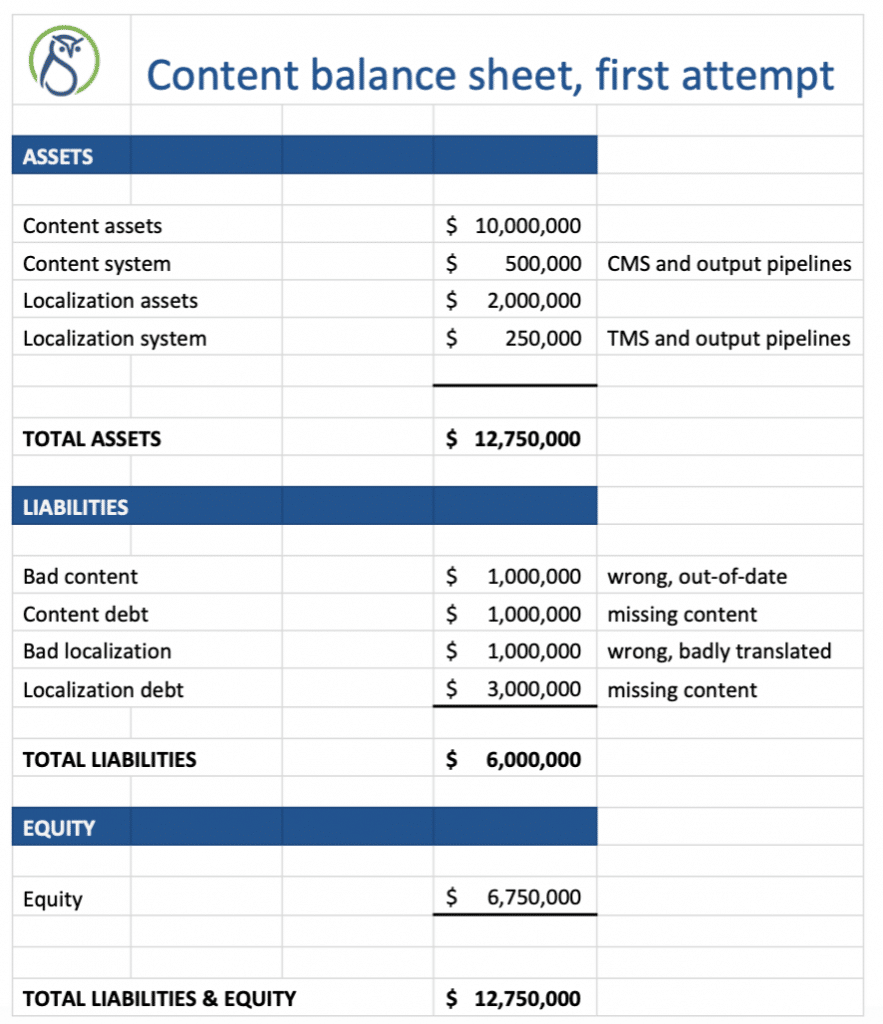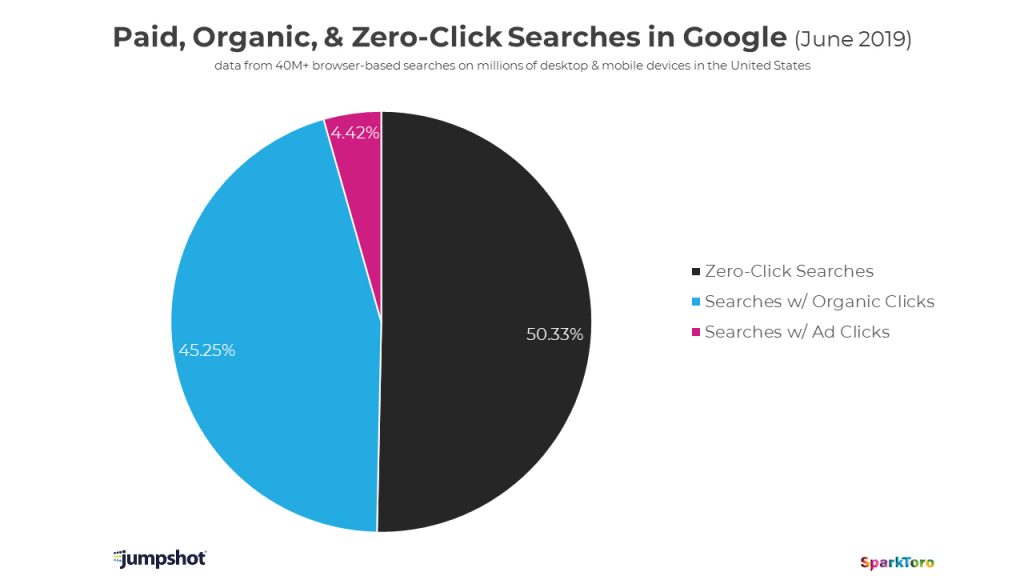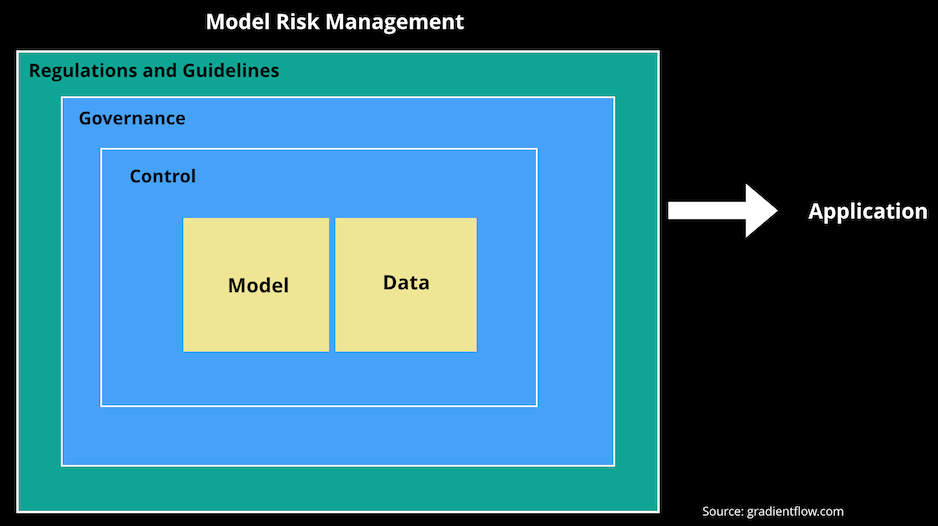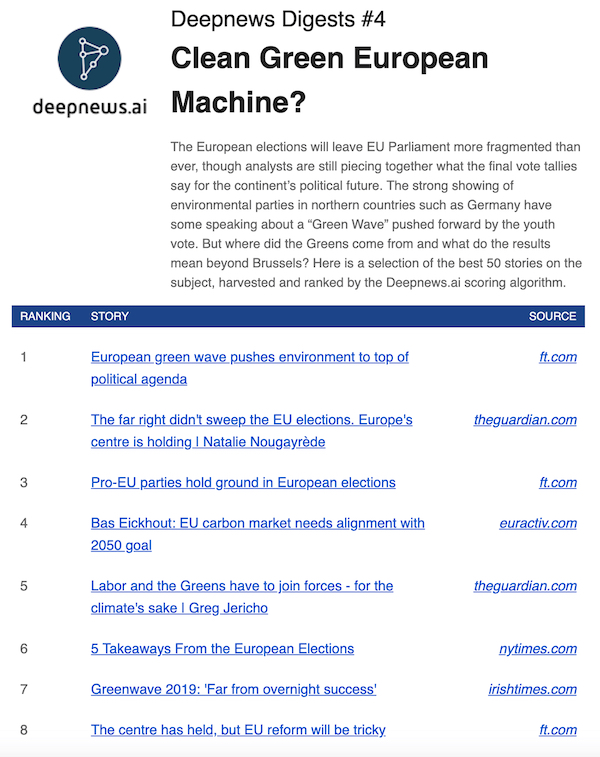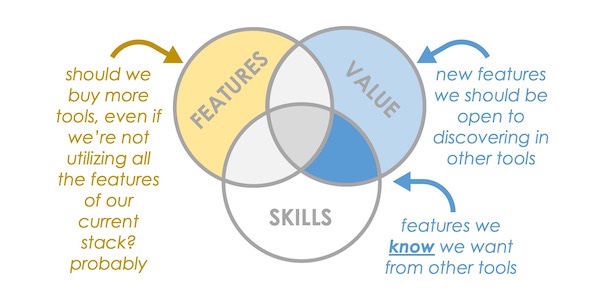“Digital Experience” (DX) covers a lot of territory – so much so that discussions about DX technology often result in a consensus that collapses as projects surface incompatible expectations. “Customer Experience” (CX) had a similar problem, getting way out of hand with expectations of “omnichannel”, including brick and mortar. If you’ve been around enterprise software for a while you’ll be familiar with software category labels outgrowing their britches and acting like they can do anything, if you’ll forgive the anthropomorphizing.
Digital experience is not a single thing that you buy. It is a solution you build with unique collections of products for a specific audience. This is not a walk in the park given the vast number of potentially-relevant components. It can help to keep in mind a few universal laws of enterprise software, and one very relevant piece of history.
Universal laws of enterprise software
- Software products never stop growing. Even if there were a cure for feature bloat, ongoing maintenance will add code.
- Software categories, which are created by a combination software marketers and industry analysts, grow, shrink, and get re-purposed to meet the business needs of their creators, and to accommodate new technologies and industry applications.
- Software companies, like all businesses, need continuous growth. That means new products, expanded product capabilities, perhaps a suite, and if possible, a platform play for a bigger piece of the pie.
- Software needs to be integratable because enterprises have complex data and workflows that all involve software.
- Software needs to be agile because even the best software engineers and product managers can’t anticipate all the ways customers will use the software, and neither can their customers.
A lesson from the past
Before the Web juggernaut progress had been made in building graphical user interfaces for business applications and managing and presenting digital content in increasingly friendly ways. But the solutions were mainly proprietary, which meant multiple user interface learning curves, and complex and costly integrations. The Web, with a much simplified and standardized markup language for content and a way to present it in a browser, soon became the dominant digital experience for both business and personal computing. The Web experience was so simple that the audience for digital content increased dramatically. Brochure-ware and simple intranets blossomed. Then things got complicated.
The promise of e-commerce and new business models fueled investment fever. But the integrations required between the web publishing and the backend systems necessary to support web commerce (pricing databases, supply chain, logistics, etc.), didn’t exist. Early attempts to build them were custom, complex, and costly, and the results were fragile. The technical challenges were compounded by a lack of domain and integration expertise in dot-com startups, and a lack of agility and organizational resistance in larger organizations. “Frictionless commerce” failed on the front and back-ends, and the dot-com bubble burst.
DX today
We have come a long way, but the pace of new technologies ensures integration and agility will remain core challenges. DX is riding high today and that is a good thing. DX is not a bubble. But that doesn’t mean there won’t be overly ambitious strategies, unsuccessful implementations, and weak products.
- Don’t forget the laws of enterprise software, or the lessons from the dot-com crash.
- Note that integratablility and agility are as critical for operational efficiency as they are for a smooth digital experience.
- DX is about audiences, not just about customers, employees, or partners – each of these can be made up of many audiences.
- Scope for success. Ensure your strategy includes achievable projects for well-defined audiences. You will be more successful and able to implement in less time by picking specific integrations that have high value, for example, content management ( CMS) with CRM, or e-commerce.
- Don’t limit DX technology research to a single analyst firm. They mostly cover the same vendors, but their analysis often differs significantly.
- Be sure to develop enough in-house expertise to make well-informed decisions about the applicability and readiness of new technologies such as deep learning, AR, blockchain.
And of course, join us at Gilbane’s Digital Experience Conference in Washington DC, April 29 – May 1, 2019, where we’ll be looking at the latest DX technologies, integration strategies, and practices.
NOTE: This article was first published by eContent Magazine on November 26, 2018
